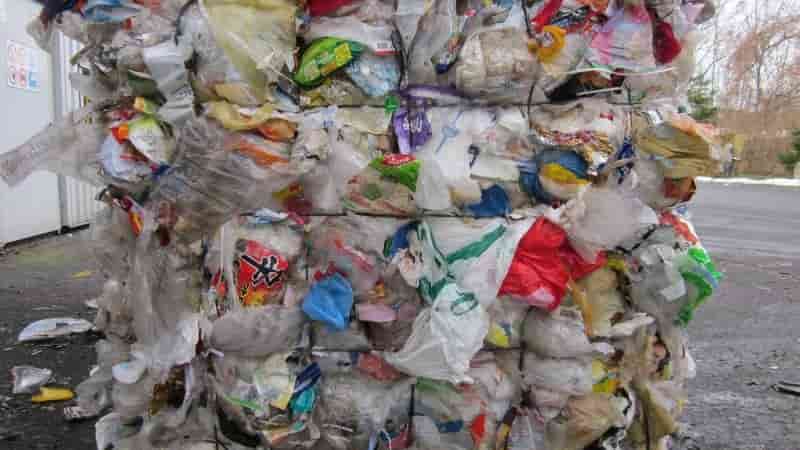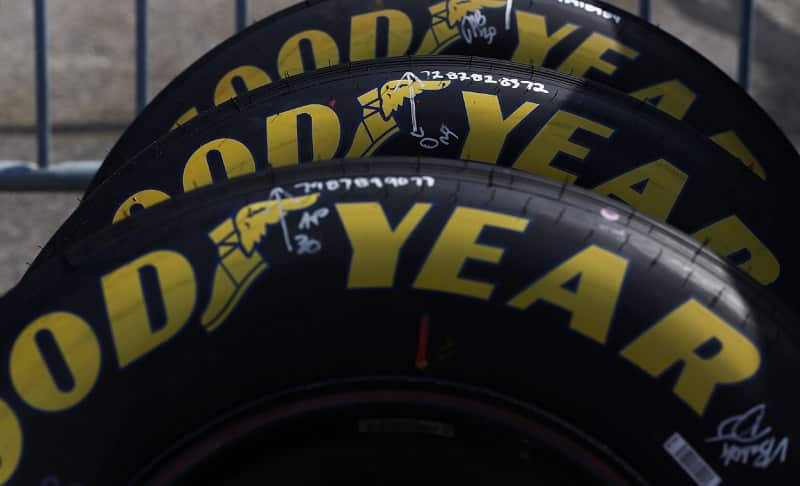Europe mixed plastics waste 08-01-2026 - Arhive
Europe mixed plastics waste
-Europe mixed plastics waste supply to further tighten
The European mixed plastics waste market is expected to further tighten in 2022 amid growing use of mixed-polyolefins grades by mechanical recyclers and increased use of refuse derived fuel (RDF)-suitable reject bales by pyrolysis-based chemical recyclers. Europe mixed plastics waste
Mechanical recyclers are increasingly exploring the use of mixed-polyolefins waste as a feedstock, amid record high recycled polyethylene (rPE) and recycled polypropylene (rPP) pellet prices and structural shortages of mono-sorted rPE and rPP waste.
New sorting capacity from waste managers and recyclers targeting the use of mixed-polyolefins waste, is due to come on stream in 2022.
This is not the first time that mechanical recyclers have explored mixed plastics waste as a feedstock, with previous attempts unsuccessful because low yields and the complexity of sorting material made the process economically unviable.
Nevertheless, ongoing tight supply of mono-material bales and growing demand for recycled material have shifted the economic feasibility of using mixed plastics waste significantly. Europe mixed plastics waste
Single-material bale prices surge
With sharp increases in single-material bale prices across 2021, ongoing structural shortages, developments in sorting technologies, and firm recycled high-density polyethylene (rHDPE) and rPP pellet values (currently at record highs in Europe), using mixed polyolefins waste as an input has become economically viable.
Northwest Europe (NWE) post-consumer mixed coloured HDPE bale prices increased by 393 per cent on average in 2021. NWE PP post-consumer mixed-coloured bale increased by 182 per cent on average in 2021. NWE colourless post-consumer PET bottle bale values increased by 131 per cent on average in 2021.

-From rubber to rice: Goodyear debuts tire made from 70 percent sustainable material
The Goodyear Tire & Rubber Company has today unveiled a demonstration tire made using with 70 percent sustainable-material content, including soy bean oil, rice husks and plastic recycled from old bottles. Europe mixed plastics waste
The innovation saw the new tires produced using 13 ingredients that all boast significant sustainability benefits compared to conventional tires, such as carbon black captured from industrial processes and silica produced from rice husk ash, a byproduct of rice processing that is often discarded and put into landfills.
Chris Helsel, senior vice president for global operations and chief technology officer at Goodyear, said the new demonstration tire represented a major step forward for the company’s efforts to slash its environmental footprint.
“We set an ambitious goal in 2020 to create a tire made 100 percent from sustainable materials in 10 years, and our scientists and engineers have made great progress toward that goal,” he said. “This is an exciting achievement that demonstrates our commitment to increasing the use of sustainable materials in our tires.” Europe mixed plastics waste
The tire industry has traditionally relied on a range of high impact raw materials and energy intensive production processes, while resulting in hard to recycle end-products. But leading companies are racing to develop lower impact tires and boost recycling rates across the sector.
The use of recycled plastic fibers and silica produced from rice husk ash is expected to result reduced waste and lower environmental impacts.
Goodyear — which had planned to unveil its new tire at the Consumer Electronics Show in Las Vegas this week before COVID concerns forced the launch online — said the new tire should result in a significantly lower environmental footprint.

–Europe mixed plastics waste supply to further tighten
–From rubber to rice: Goodyear debuts tire made from 70 percent sustainable material
–PP, PE prices take a fall in December
–Europe R-PET January bale prices face upwards pressure
–Biodegradable boom or bust? Bioplastic innovation confronts cost and policy challenges
-Polluters Latest Greenwashing Scam? Pretending Plastics Are Part of the “Circular Economy”
-Producers Tempted to Raise Prices to Start New Year
Europe mixed plastics waste
